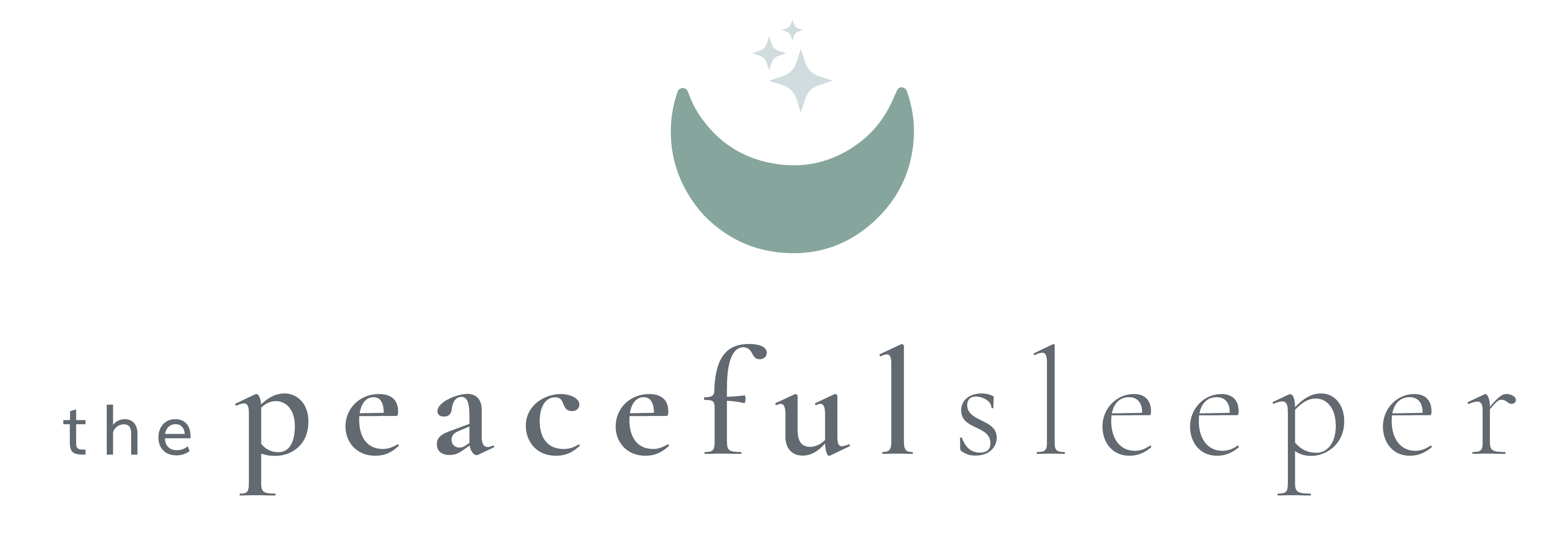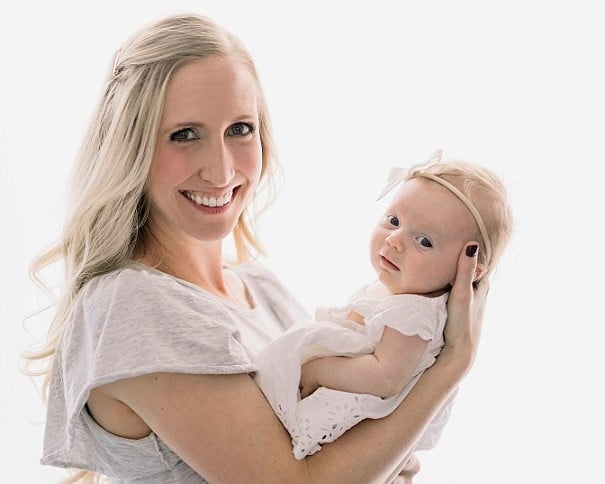Did you know that natural light and baby sleep go hand-in-hand? Let’s talk about it!
Spring is (slowly) creeping in, and in places like Las Vegas (my home!), the warmer weather is finally making outdoor time a little more enjoyable. So, I wanted to take a moment to talk about why natural light is one of the best things you can do for your baby’s sleep—and yours, too!
It might seem like a small thing, but exposure to natural light plays a huge role in regulating our circadian rhythms, aka the body’s internal clock that controls sleep-wake cycles. The best part? This is one of the easiest and most effective ways to improve sleep for your little one. Whether it’s a stroller walk, some tummy time in the backyard, or even just a few minutes of sunshine, every bit of outdoor time helps set the stage for better sleep at night.
How Natural Light Regulates Sleep
The Science Behind Low-Angle Sunlight
What Happens When We Don’t Get Enough Natural Light?
Easy Ways to Incorporate Outdoor Time
But don’t just take my word for it—let’s dive into the science behind why fresh air and sunlight make such a difference in sleep!

How Natural Light Regulates Sleep
Our bodies rely on external cues—like daylight—to regulate our sleep-wake cycles. This is even more important for newborns, who are just starting to develop their circadian rhythms (aka figuring out that night is for sleeping and daytime is for partying…I mean, being awake).
When we’re exposed to natural light, particularly in the morning and early evening, our bodies release cortisol at the right times, helping us feel awake and alert during the day. Later in the evening, as daylight fades, our bodies start producing melatonin, the hormone that signals it’s time to sleep. This cycle is essential for getting deep, restful sleep at night.
For babies whose circadian rhythms are still developing, regular exposure to natural daylight can make a huge difference in helping them sleep longer and more predictably at night. Research even suggests that babies who get more daylight during the day tend to have overall better sleep than those who don’t.
Getting outside in natural light helps your baby’s body understand when it’s time to be awake and when it’s time to sleep. The more consistent you are with this, the better their sleep habits can become!

The Science Behind Low-Angle Sunlight
You might have heard me talk about low-angle sunlight, but what does that actually mean, and why is it so good for sleep?
Dr. Andrew Hubarman, a neuroscientist at Stanford, explains that low solar angle sunlight—which happens in the morning and at dusk—is one of the best ways to set our circadian clocks. This type of light has a unique balance of blue-yellow contrast that signals to the brain when daytime starts and ends. Even on cloudy days, stepping outside during these times helps align your baby’s natural rhythms, making it easier for them to settle into more consistent sleep patterns.
The first hour after waking up and the last hour before bedtime are the best times to get outside with your baby. Even if it’s cloudy, you’ll still get the benefits! (Yes, Seattle parents, that means you too!)
Click here to learn more about natural light and sleep on Instagram.
What Happens When We Don’t Get Enough Natural Light?
We know that daylight exposure is key for setting our sleep cycles, but what happens when we don’t get enough natural light? (Hint: It’s not great!)
A fascinating study looked at office workers who worked in windowless environments versus those who had worked in windowless environments versus those who had access to daylight. The results showed that those exposed to more natural light experienced better sleep, improved mood, and higher overall well-being compared to those who spent most of their day under artificial lighting.
Now, imagine this for your baby! If they’re spending most of their time inside, especially in dimly lit spaces, it could make it harder for them to develop a strong day-night sleep rhythm. More daylight = better sleep!
Just like adults, babies need natural light exposure for better sleep and overall health. Even a few minutes of outdoor time can make a difference!
Easy Ways to Incorporate Outdoor Time
Okay, now that we know how important natural light is for sleep, let’s talk about real-life ways to fit into your daily routine—even if you’re a busy parent!
Morning Sunlight Walks
If you can, step outside with your baby within the first 30-60 minutes after they wake up. This could be a stroller walk, sitting by a bright window, or even feeding them near a sunny spot.

Outdoor Timmy Time
If the weather allows, bring a blanket outside and let your baby do tummy time in natural daylight.
Afternoon Park Time
If your schedule allows, a midday or late afternoon park visit is great for getting that second dose of sunlight.
Evening Wind-Down Walk
A quick stroll outside as the sun starts setting can signal to your baby that bedtime is approaching.
Natural Light Naps (When Possible!)
For newborns who still sleep anywhere, consider letting them nap outside in a safe, shaded spot.
Even if you can’t always get outside, opening blinds and spending time near natural light is still beneficial. Every little bit helps!
Click here to watch more about getting natural sunlight with your little one on Instagram.
Recap on Natural Light and Baby Sleep
As the weather warms up, now is the perfect time to get outside and soak up some sunshine! If you’re looking for a simple, free, and effective way to help your baby sleep better, daily sunlight exposure is one of the best things you can do.
Not only is it great for your baby’s sleep, but it’s good for you, too! Fresh air, movement, and sunlight all contribute to better mood, energy levels, and overall well-being for parents as well. So whether it’s a quick walk, some tummy time in the yard, or just sitting by a bright window, remember—a little daylight goes a long way!
If you need support with your baby’s specific sleep needs or want to troubleshoot with an expert, we would love to work with you. Hop on a call with one of our AMAZING Certified Pediatric Sleep Consultants!
Whether your little one is a newborn (0-4 Months Content Library), 4-24 months (4-24 Months Content Library), or a toddler (2-5 Years Content Library), we have the resources you need to get your family the sleep you all deserve!





0 Comments